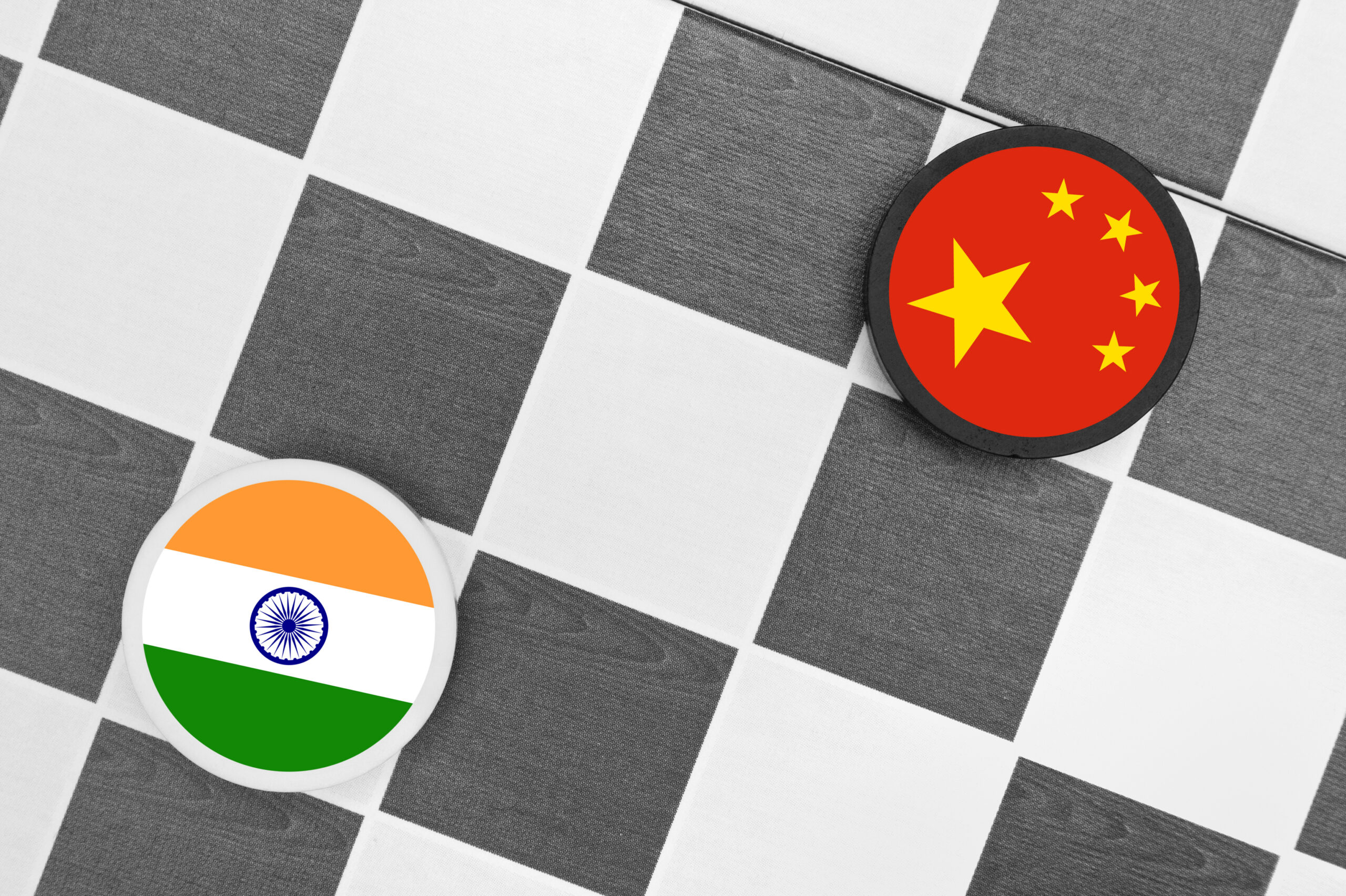
The pathetic end to the reign of Bangladesh’s prime minister Sheikh Hasina forced her to flee her country hurriedly in early August, to escape a rampaging mob threatening to lynch her in her palace. This was bad news for India. The new Bangladeshi interim government, headed by 2006 Nobel Peace Prize winner Muhammad Yunus, is notoriously up in arms against its big neighbor. India is accused of supporting the “Iron Lady” for too long over the years while she was turning her regime into a sinister “democratic dictatorship.”
More broadly, this episode highlights the shifting dynamics in South Asia’s geopolitical landscape, compelling New Delhi to adapt to new constraints and revise its foreign policy. India now faces a situation where it is encircled not only by adversaries such as China and Pakistan but also by less confrontational neighbors seeking to distance themselves from its influence or, at the very least, renegotiate the terms of its “benevolent aid…”
These developments are all the more worrying for the Republic of India, as this paradigm shift has emerged in recent years against a backdrop of regional competition between New Delhi and Beijing. Hasina’s downfall therefore risks having an almost mechanical consequence: giving China an advantage should the new Bangladeshi leadership choose to rebalance the country’s foreign policy in a direction less favorable to New Delhi.
A battle at the top
“The cozy relationship that New Delhi enjoyed with [Bangladesh] during Hasina’s tenure is now at considerable risk,” said political scientist Sumit Ganguly in a recent edition of Foreign Policy. “India will be especially wary about any future government turning toward China.”
Bangladesh is not the only difficulty currently facing the strategists of Indian Prime Minister Narendra Modi’s government. The fall of his valued ally Hasina has just been added to the recent setbacks suffered by South Asia’s “Big Mother” in recent months. In less than a year, leaders rather hostile to India have come to power in two countries whose geographical position concerns it most closely. Firstly, in the Maldives, that small archipelago in the southern Indian Ocean that New Delhi considers to be its “home turf.” Then, in Nepal, that Himalayan republic whose northern border runs into Chinese Tibet.
Nepal’s new prime minister, Khadga Prasad “KP” Sharma Oli, who became head of government on July 15, may soon be starting up projects linked to China’s “New Silk Roads,” a red rag for India. As for the new Maldivian president, Mohamed Muizzu – elected in September 2023 – he asked the Indian military stationed in several of the 26 atolls making up his country to pack up, which they did in May. As if to underpin his new “doctrine,” the Maldivian head of state signed a military assistance agreement with Beijing in March…
All these events are part of the great battle for influence underway in the region, where Asia’s two giants are competing on both strategic and commercial levels. China’s increasingly sustained “entryism” on its trans-Himalayan margins, where its presence was once discreet, is upsetting traditional balances that India always managed to maintain to its advantage, thanks to its pre-eminence.
The upper hand
Even when its immediate neighbors are well disposed towards it, India has always given them the sense of oscillating between condescension and hegemonic ambitions. This superiority complex of “eternal India” can be explained by history. The British Empire in India – dismantled in 1947 – gave painful birth to new countries that today form a large part of South Asia and which are therefore, for the most part, “offshoots” of India. Pakistan, Bangladesh, and Sri Lanka – formerly Ceylon – were all part of the British Raj, the symbol of a colonial power that had unified a previously fragmented India.
It’s hardly surprising, then, that post-independence India has reflexively assumed the mantle of the great power, the one to be counted on, but also the one whose wrath must be feared. China’s lightning rise to power at the start of the 21st century, however, has altered the balance of power. While unable to ignore India, countries of South Asia can now hold their own against it. “While a handful of countries are clearly in the China camp (Pakistan) or India camp (Bhutan), most continue to oscillate between pro-India and pro-China governments,” said researcher Chietigj Bajpaee in an article on The Diplomat website. These countries are now in a position to extract “concessions from New Delhi and Beijing to meet their development needs while retaining their strategic autonomy.”
The irony of the situation is striking: one of the symbols of the powerful ultranationalist Hindu organization RSS – from which Modi’s party originates – is that of a geographical map representing the “Akhand Bharat,” an imperialist vision of a “Greater India” without borders where Pakistan, Bangladesh, and Nepal are absorbed into the same entity. And yet, never before has India, as an independent nation, been so compelled to negotiate with its “little brothers” on how its power is demonstrated.
source : lemonde
